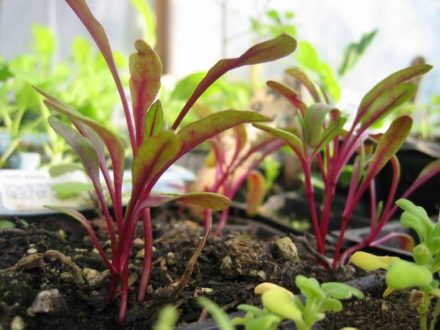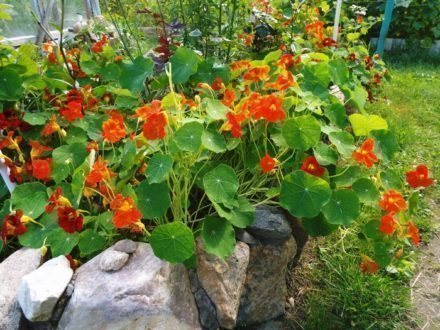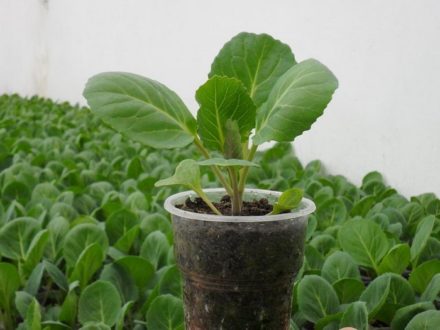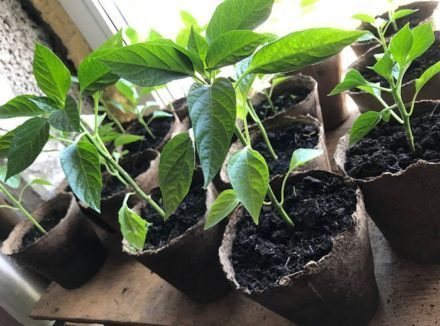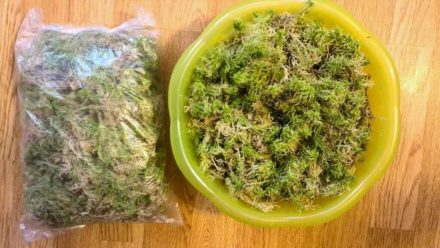Eggplants are heat-loving crops. Because of this, they are grown through seedlings, later transplanted into a greenhouse or open ground. In addition, the vegetable has a long growing season and is one of the first to be sown. When left at home for a long time, eggplant seedlings often stretch out and become weak. The plants have thin stems and long internodes. Several reasons lead to this state of affairs.
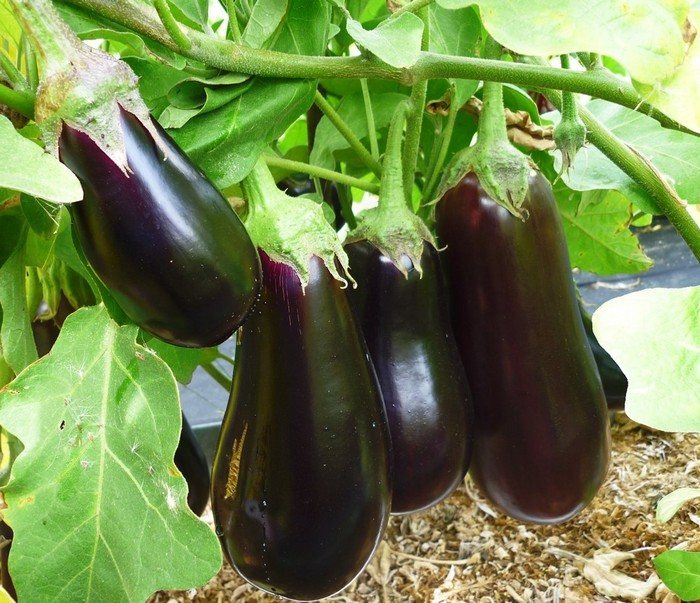
Sowing too thick
Eggplants are sensitive to even the slightest damage to the root system. For this reason, experienced gardeners immediately plant seeds in separate cups to avoid further picking before planting in the ground. Novice gardeners are often unaware of the peculiarities of the crop and sow in a common container without observing the interval between seeds.
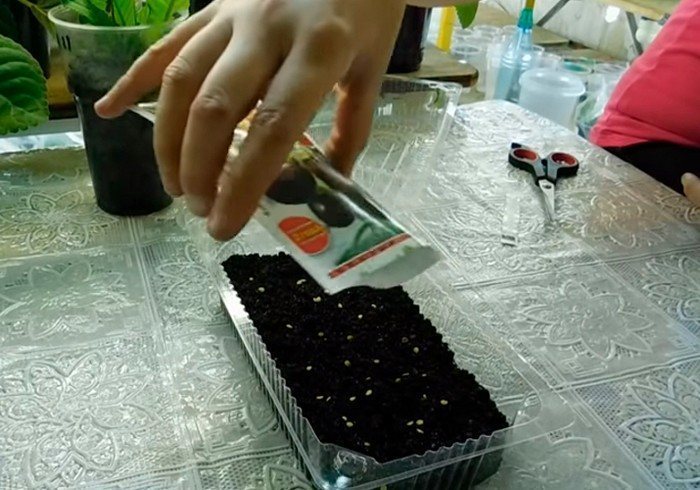
After the emergence of seedlings, it turns out that the plants are cramped in one container, but it is also unsafe to disturb them at this stage by replanting. Seedlings, unable to grow in width, grow upward. At the same time, each of them lacks nutrition due to overcrowding.
As a result, the seedlings become weak and elongated. If it has been decided to sow in a common container, leave a gap of 3-4 cm between the seeds. There should be a gap of at least 5 cm wide between the rows. If possible, you can sow eggplants even less often, this will only benefit them.
Failure to comply with planting depth
The seeds of each crop are immersed in the ground to a certain depth. For eggplants, this parameter is 1-1.5 cm. The gardener's mistake may be that the sowing was done superficially due to fear of low germination.
Beginners believe that it will be difficult for the seeds to break through the thickness of the soil. In this case, the roots grow in the upper soil layer, which can lead to their drying out, especially if loose soil was used.
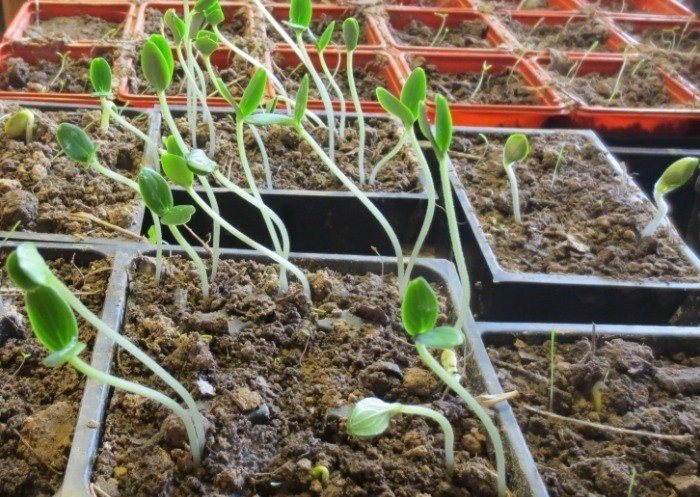
In this case, there can be no talk of normal seedling development, because the roots provide them with nutrition and moisture. As a result, the seedlings become frail and lag behind in growth. However, it is also impossible to deeply bury eggplant seeds when sowing, otherwise you will have to wait longer for the emergence of seedlings. Seedling roots suffocate in dense soil
Sometimes, due to cost savings, eggplants are sown not in purchased soil, but in garden soil with a predominance of clay. This is another common mistake. If you decide to use soil from your garden, its composition should be improved by adding peat, perlite, and river sand.
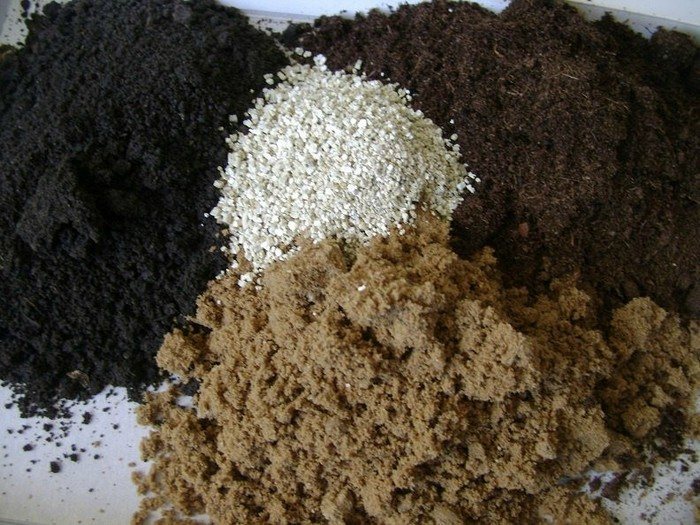
Such a soil mixture will have an optimal structure for growing seedlings. If dense soil was used for sowing, the roots of the seedlings begin to suffocate after watering, since water contributes to even greater compaction of the soil. If this has already happened, and the seedlings look frail, watering should be done less often.
4 mistakes in growing beet seedlings, due to which they grow frail
After moistening, the soil must be loosened, preventing the formation of a dense crust on the surface. In this case, picking is carried out as early as possible with a replacement of the substrate with a more suitable one.The seeds of each crop are immersed in the ground to a certain depth. For eggplants, this parameter is 1-1.5 cm. The gardener’s mistake may be that sowing was done superficially for fear of low germination.
Beginners believe that it will be difficult for the seeds to break through the thickness of the soil. In this case, the roots grow in the top layer of soil, which can lead to their drying out, especially if loose soil was used.
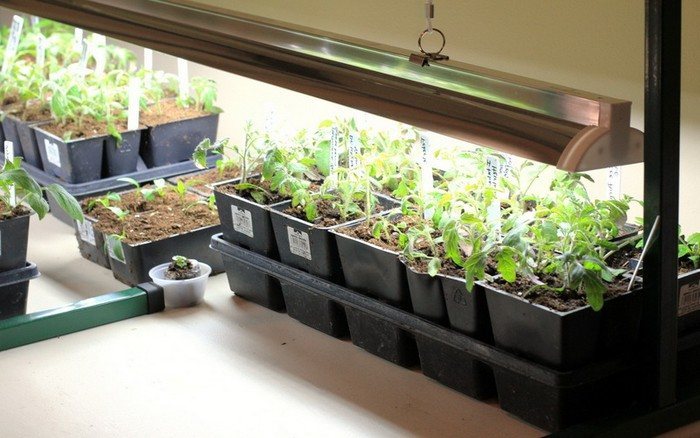
What tomato seedlings lack: useful tips for determining the lack of substances
The roots of seedlings are suffocated in dense soil
Sometimes, due to savings, eggplants are sowed not in purchased soil, but in garden soil with a predominance of clay. This is another common mistake. If you decide to use soil from your garden, its composition needs to be improved by adding peat, perlite, and river sand.
This soil mixture will have the optimal structure for growing seedlings. If dense soil was used for sowing, the roots of the seedlings begin to suffocate after watering, since water promotes even greater compaction of the soil. If this has already happened, and the seedlings look frail, watering should be done less frequently.
4 mistakes in growing beet seedlings that cause them to grow frail

Light deficiency



